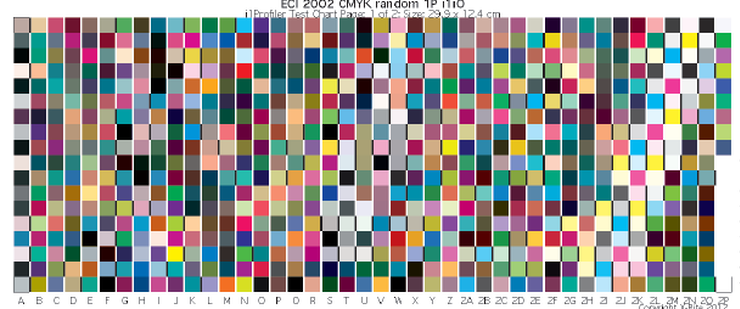
In this article in our series of interviews of members of the Swathly Expert Network, we examine color issues and the best approach to fixing problems that can jeopardize entire projects. We hope this series continues to provide practical tips on addressing printing challenges, and that you will reach out to us if you need further assistance.
Color is a printer’s blessing and his curse. When all goes as it should, the result is a stunning, accurate piece of print work that makes the printer and his customer proud. But when the result is not quite right, and the usual fixes don’t work, the entire project is at risk. In his decades of experience in print, including at Scitex and other industry leaders, Michael has specialized in diagnosing and addressing the toughest color challenges. Think of him as a forensic scientist for color. With a PhD in chemical engineering (his thesis was on color management in offset printing), Michael’s approach combines theory with practice in a unique way.
For example, a flexo printer was having trouble producing a complicated image for an important packaging project. The specs seemed correct, but when the image was printed, there was a reddish nuance that did not appear on the digital proof. The printer took the obvious approach of diminishing the amount of magenta, and also changed to an anilox with low ink quantity. The result was a weaker image, and inaccuracy of color overall—much worse than the original problem.
Michael addressed this issue using a combination of art and science. With a few essential measurements and an eye trained by years of study and experience, he discovered that the issue was with the yellow rather than the magenta. Yellow is particularly difficult to gauge with the human eye, so special measurement tools were required. “With the right tools, most printers can diagnose the problem themselves,” says Michael, “but I also frequently work together with them to ensure a good result.” In this case, Michael worked with the printer to determine the exact right amount of yellow to add, and the result was a high quality, strong image that met the customer’s requirements.
We hope this helps explain some of the science behind common color problems, and how to address them more effectively.
Interested in more ideas and help getting started? Please contact us